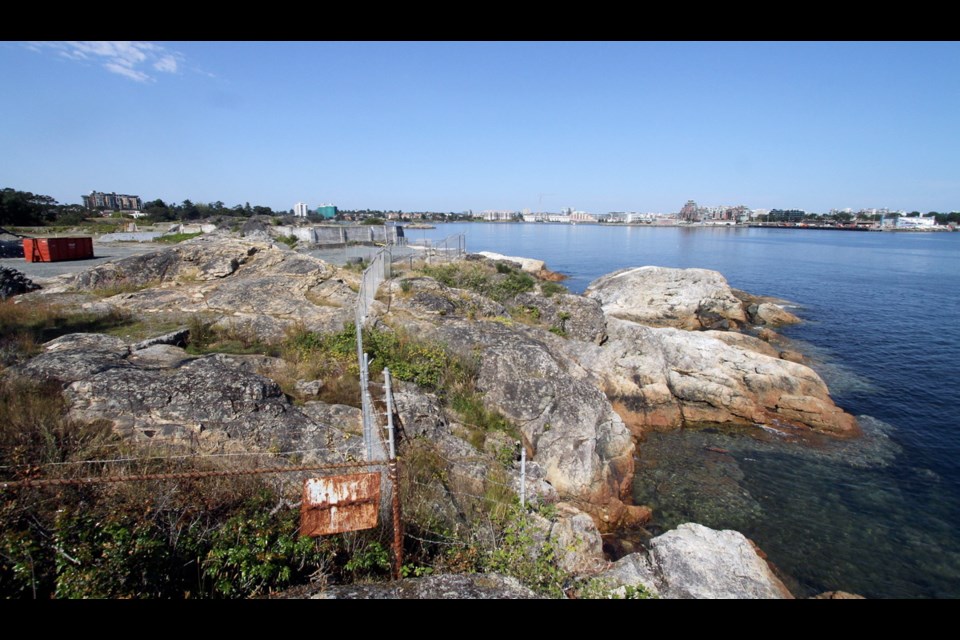Greater Victoria will need to look at building an incinerator to burn its sewage sludge if politicians refuse next week to overturn a ban on applying sludge to land, says the chairwoman of the civilian commission overseeing the sewage project.
Brenda Eaton has written to Capital Regional District politicians warning that the treatment-project budget might have to be increased by $38 million for an incinerator, unless the region lifts a ban on applying sludge to land.
Eaton’s letter, released Friday, said the civilian commission of experts in charge of building the project “strongly supports” using sludge as fertilizer, compost or soil-amendment, and “respectfully requests” politicians reconsider the ban.
CRD directors will vote on the issue Wednesday.
It’s the first time an incinerator has been proposed to deal with sludge — a byproduct of the treatment process — and is likely to spark concern from environmental groups historically opposed to air pollution caused by incineration.
The CRD banned use of sludge on land two years ago amid worries that farm land and the food grown on it could be polluted by pharmaceuticals and heavy metals.
CRD staff are recommending politicians vote Wednesday to repeal the ban, but still prohibit sludge from agricultural land where food is grown.
Lifting the ban would avoid the need for an incinerator and shave an additional $35 million off the sewage project’s budget because sludge wouldn’t need to be dried, Eaton said.
The CRD’s current sewage plan includes a treatment plant at McLoughlin Point in Esquimalt, with the resulting sludge to be pumped 18 kilometres to a facility at Hartland landfill.
For years, the CRD planned to dry the sludge as fuel for cement kilns. But it now admits there are no Canadian companies that want to purchase sludge as fuel.
Without a buyer, and with the land ban, the CRD has few options.
“The major option would be to landfill it, or to build a waste-to-energy solution,” Eaton said in an interview.
The sludge from existing sewage treatment plants in Sooke, Saltspring Island and on the Saanich Peninsula is dumped in Hartland landfill.
The new sewage plan would deal with that sludge as well.
Applying sludge to land can help fertilize soil, and if done properly, has few negative effects on the environment or human health, say CRD staff and a report by consulting firm Stantec. Most cities across the world apply some sludge to land, according to the reports.
“For us this is not just about money,” Eaton said.
“The main issue is that land applications of biosolids are, by far and away, the best environmental solution.”
But environmental groups, including the Sierra Club of B.C., are rallying to keep the sludge-on-land ban in place.
“We do see the point of actually returning the organic matter and nutrients to the soil, but what concerns us is the amount of pollutants this carries,” said Ana Simeon, Sierra Club spokeswoman.
“The current treatment proposal does not have any way of removing those pollutants from the waste stream. If we are not dumping [sludge] in the ocean because it’s too hazardous for the ocean ecosystem, we should not be dumping it on land.”
Esquimalt Mayor Barb Desjardins, View Royal Mayor Graham Hill and Saanich councillor Vic Derman have all expressed support for the existing ban.
Former Victoria councillor Philippe Lucas has founded an organization called Biosolids Free B.C. and in an open letter is also urging support to maintain the ban.



